By the time Helen Keller arrived at the Perkins Institution in the 1880s, the school had changed its name and location a few times. Today, it is known as the Perkins School for the Blind, but its mission of working with children with vision disabilities remains just strong as when it opened nearly 190 years ago.

In the 1830s, the United States was still a young country. Unlike today, not everyone had access to a public education, but some people recognized the value of making an education available to all citizens. Those forward-thinking Americans looked to Europe, where schools had been founded specifically for people who were blind. A few dedicated people decided to introduce those European concepts in the United States.
Dr. John Dix Fisher and Dr. Samuel Gridley Howe led the effort. The two Massachusetts men had been classmates at Brown University and Harvard Medical School. Fisher was a soft-spoken Boston physician and reformer. While studying medicine in Paris, he had visited France’s Royal (National) Institute for Blind Youth. He convinced some prominent Bostonians to charter a similar school in the city in 1829. The New England Asylum for the Blind officially opened in 1832.
Esta historia es de la edición March 2017 de Cobblestone American History Magazine for Kids.
Comience su prueba gratuita de Magzter GOLD de 7 días para acceder a miles de historias premium seleccionadas y a más de 9,000 revistas y periódicos.
Ya eres suscriptor ? Conectar
Esta historia es de la edición March 2017 de Cobblestone American History Magazine for Kids.
Comience su prueba gratuita de Magzter GOLD de 7 días para acceder a miles de historias premium seleccionadas y a más de 9,000 revistas y periódicos.
Ya eres suscriptor? Conectar
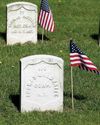
Putting the Pieces Together
Americans needed to begin to put the past behind them, come together, and plan for the future in the spring of 1865. But Abraham Lincoln, the man best equipped to lead them and who had hoped to restore the country as smoothly and peacefully as possible, had been assassinated.
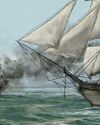
LAST SHOTS
The last Confederate forces in the Civil War didn’t surrender in the spring of 1865 or on a battlefield.
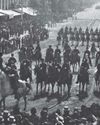
AND IN OTHER 1865 NEWS
A group of African Americans stop at the White House’s annual public reception on January 1, where they shake hands with President Abraham Lincoln.
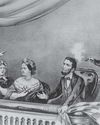
A Plot to Kill President the
For several months, actor John Wilkes Booth’s band of conspirators had plotted to capture President Abraham Lincoln and hold him hostage in exchange for Confederate prisoners.
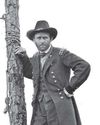
Let the Thing Be Pressed
In June 1864, Union Lieutenant General Ulysses S. Grant began a nearly 10-month campaign in Virginia.
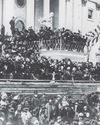
HEALING THE NATION
President Abraham Lincoln took the oath of office for the second time on March 4, 1865.
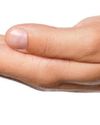
A Helping Hand
The spring season is hard in any agricultural society. Plants and animals are too small to eat.
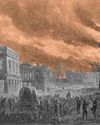
WAR SHERMAN-STYLE
As far as Union Major General William T. Sherman was concerned, the Civil War had gone on long enough.
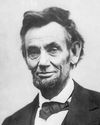
PEACE TALKS
The fall of Fort Fisher made clear that the Confederacy’s days were numbered. Southerners were tired and hungry.
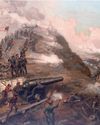
FORT FISHER'S FALL
Outnumbered Confederate soldiers inside Fort Fisher were unable to withstand the approach of Union troops by land and the constant Union naval bombardment from the sea.